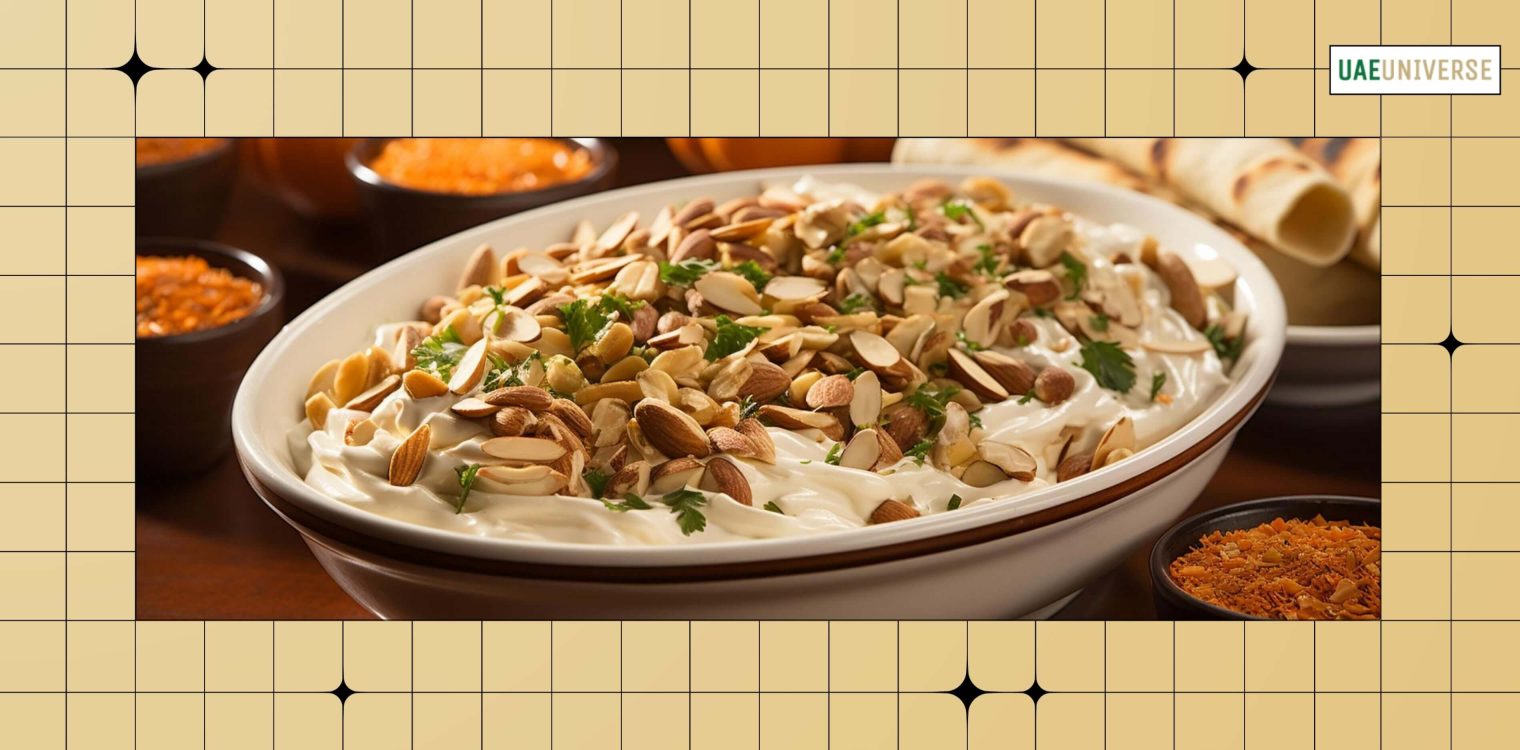The Middle East abounds with a treasure of culinary riches that take simple ingredients to stratified flavors.
Of these, Fatteh is one beloved and centered around comfort, heritage, and innovation. Its stratified structure of fried or toasted bread, chickpeas, yogurt, and topping with meaty delicacies renders Fatteh rich and multifaceted at the same time.
It adorns domestic home tables, restaurants, and celebrations throughout the Levant and even more afar.
What Is Fatteh?

An Egyptian and Levantine dish, Fatteh uses fresh or stale grilled and toasted pita flatbread and covers it with different ingredients that vary from region to region. The name also varies from place to place.
In Egypt, they call it “Fatta,” a meal for the feast; and in the Levant, they call it “Fette,” and the dish accompanies steamed chickpeas and stained yogurt, and olive oil. In Palestine, they call it “Fetté Gazzewié.” The dish also falls in the “shâmiyât category. “Fetté Gazzewié or Chicken Fatteh is cooked with chicken broth, and then mild spice flavors are added to make it even more exquisite.
Middle Eastern countries like Jordan, Syria, Lebanon, Egypt, and Palestine have a tradition of serving Fatteh during Ramadan as a dish for the Iftar. They also serve it to celebrate the first pregnancy of a woman. The ingredients in this dish create a contrast in the texture.
The Origins of Fatteh
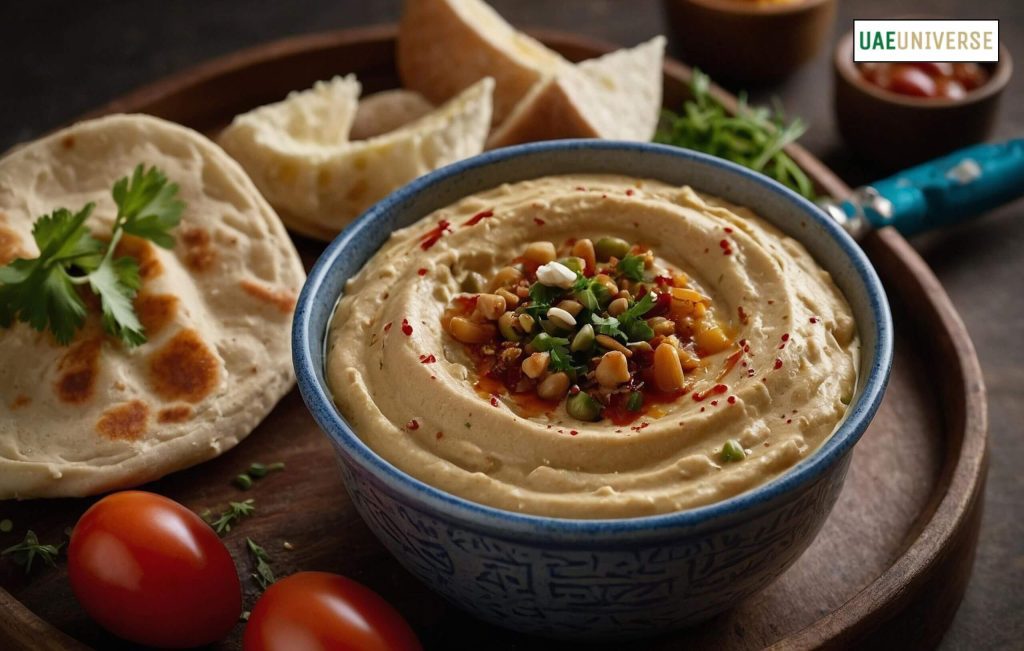
Fatteh is a Levant region invention, encompassing Lebanon, Syria, Palestine, and Jordan. It was first a method of utilizing stale or leftover bread by turning the bread into something approaching a filling meal.
Today, it is a dish that speaks to the communal and frugal nature of Middle Eastern food—taking staples from the pantry and making them a little better.
Today, the Middle East hums with fatteh variations, each of which reflects the local flavor. Egyptian cuisine, for instance, has its own version of chicken fatteh and consumes it during Ramadan and Eid, while Lebanese cuisine highlights yogurt and chickpeas.
Main Ingredients of Fatteh
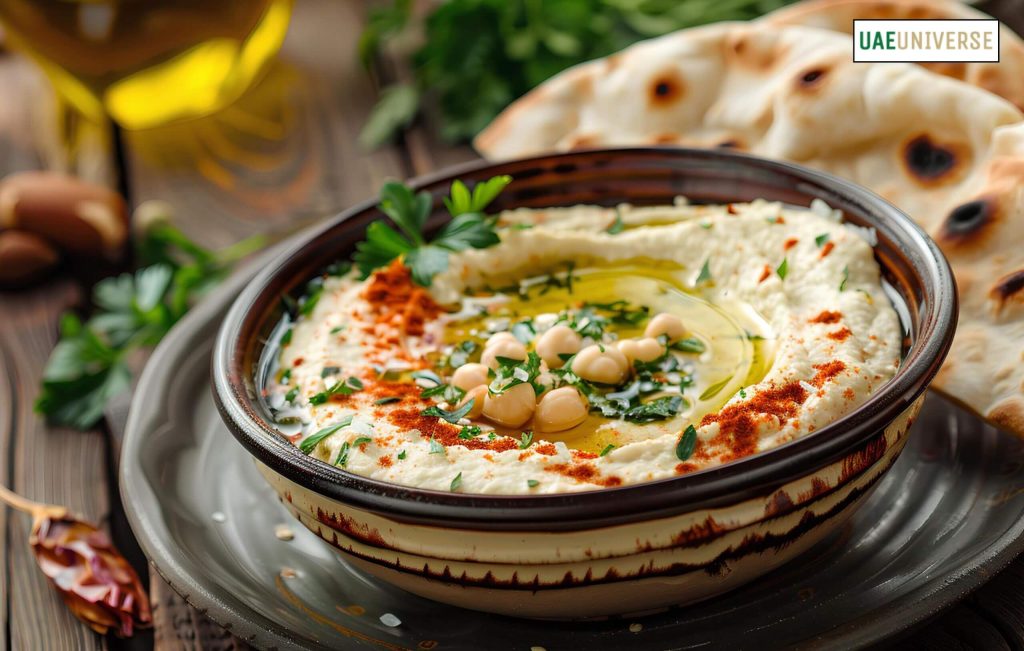
The trick to fatteh is its layers of flavor and texture. Recipes will differ, but these following ingredients are frequently used as a foundation:
- Bread – Fried, toasted, or baked crispy pita bread.
- Chickpeas – Boiled or canned chickpeas that provide a dense protein source.
- Yogurt Sauce – Sour yogurt thickened and blended with tahini, lemon juice, and garlic.
- Protein (Optional) – Optional addition of shredded lamb, chicken, or ground beef.
- Butter or Olive Oil – Garlicked and drizzled on the dish for seasoning.
- Nuts & Garnishes – Almonds, pine nuts, or pomegranate seeds for texture and taste.
- Herbs & Spices – Parsley, paprika, cumin, and sumac are popular choices.
Interesting Facts about Fatteh
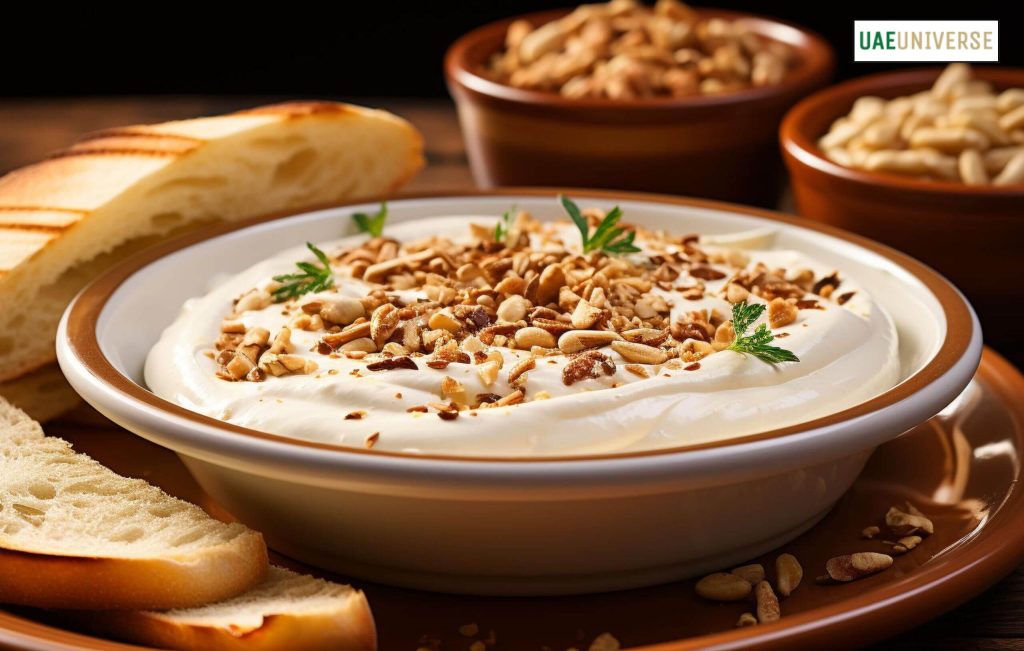
- Technique of Layering: Fatteh is unlike most food in that it is all about creating separate layers and not piling everything one upon the other.
- Several Versions: Vegetarian, vegan, or meaty as desired.
- Cultural Symbol: Fatteh typically represents sharing and hospitality since it’s typically served in massive bowls for family serving.
- Food of Celebration: It’s typically found during Ramadan, family celebrations, and festive functions.
Types of Fatteh
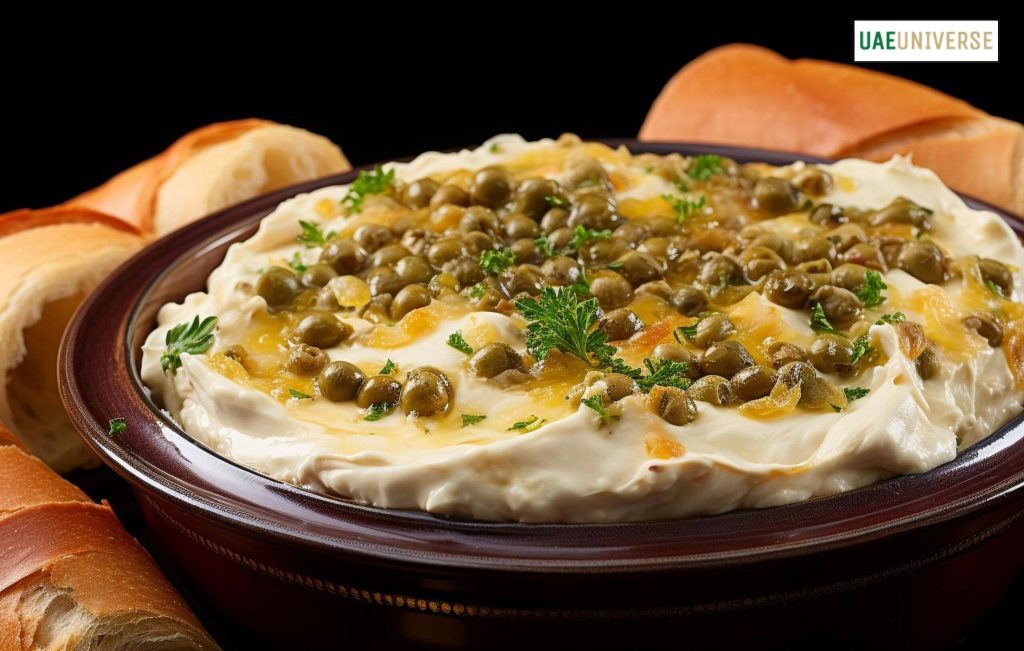
Here are the different types of Fatteh that you should definitely try out.
1. Chickpea Fatteh
The simplest form, prepared with bread, chickpeas, yogurt, and nuts. Eaten as a breakfast dish or light meal.
2. Chicken Fatteh
Also includes shredded, spiced chicken among the layers. One of the most satiating and commonly found ones during Ramadan.
3. Meat Fatteh
Utilizes ground lamb or beef pan-cooked with spices, layered atop chickpeas and bread.
4. Eggplant Fatteh (Fattet Batenjan)
Vegetarian variant with added cubes of fried or roasted eggplant. One that is heavy and satiating.
5. Egyptian Fatteh
Also known as Fatta, this is normally prepared using rice, tomato sauce, and beef or lamb, hence differing from the Levantine version.
Variations
These are the different variations that you can try out with chickpea Fatteh;
- Add shredded chicken to it to make Chicken Fatteh.
- Substitute fried eggplant slices with Eggplant Fatteh.
- Substitute chickpeas with minced lamb for Meat Fatteh.
Serving Suggestions
Fatteh is a great dish for:
- Breakfast or Brunch – Particularly the eggplant or chickpea versions.
- Family Meals – Large bowls for family serving.
- Party Atmosphere – Eid celebrations or Ramadan iftar buffets.
- Restaurant Appetizers – Served with a mezze platter. It goes well with fresh greens, pickles, and grilled meats.
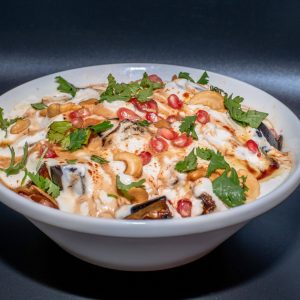
Fatteh Recipe
Ingredients
- 3 pcs pita breads, broken into small squares
- 2 cups cooked chickpeas (or 1 can, rinsed and drained)
- 2 cups plain yogurt
- 2 tbsp tahini
- 2 cloves garlic, minced
- 1 tbsp lemon juice
- 2 tbsp butter or olive oil
- ¼ cup pine nuts or almonds toasted
- 2 tbsp fresh parsley, chopped
- ½ tsp cumin, ground
- Salt to taste
- Optional garnish: paprika or sumac
Instructions
- Prepare the bread – Fry or toast the pieces of pita until crunch and transfer them to a large serving platter.
- Add chickpeas – Sauté cumin and salt with chickpeas and spoon over bread.
- Make the yogurt sauce – Whisk tahini, lemon juice, yogurt, garlic, and a pinch of salt until smooth. Spoon over chickpeas.
- Tops it – Sauté garlic and pine nuts in a hot pan until golden, after heating olive oil or butter in advance, and pour over the dish.
- Garnish & serve – Garnish with parsley and paprika/sumac. Serve hot when bread is crunchy.
Fatteh in Middle Eastern Culture
Fatteh is more than just a dish; it is an expression of Middle Eastern sharing and improvisation.
Its styling of bread, staple food, topped with wholesome ingredients illustrates how humble, easily sourced ingredients become a sophisticated dining experience.
Fatteh has also been a home staple—comfort food of warm, comforting, and family-style meals.
To have it be turning up on the table during Ramadan is to be able to use it in order to give a kick after a fasting day without overdoing it.
Read Also:
